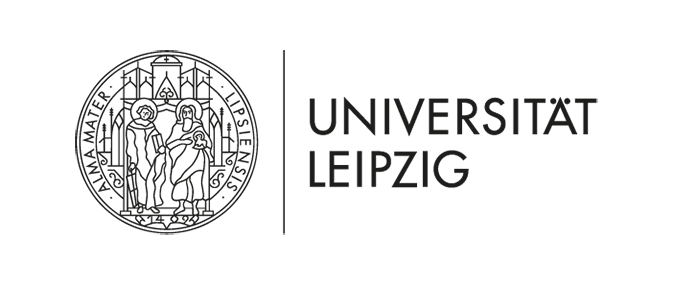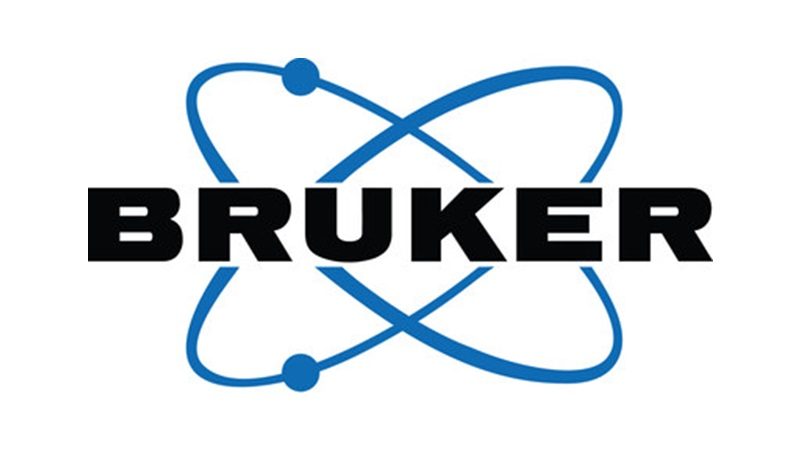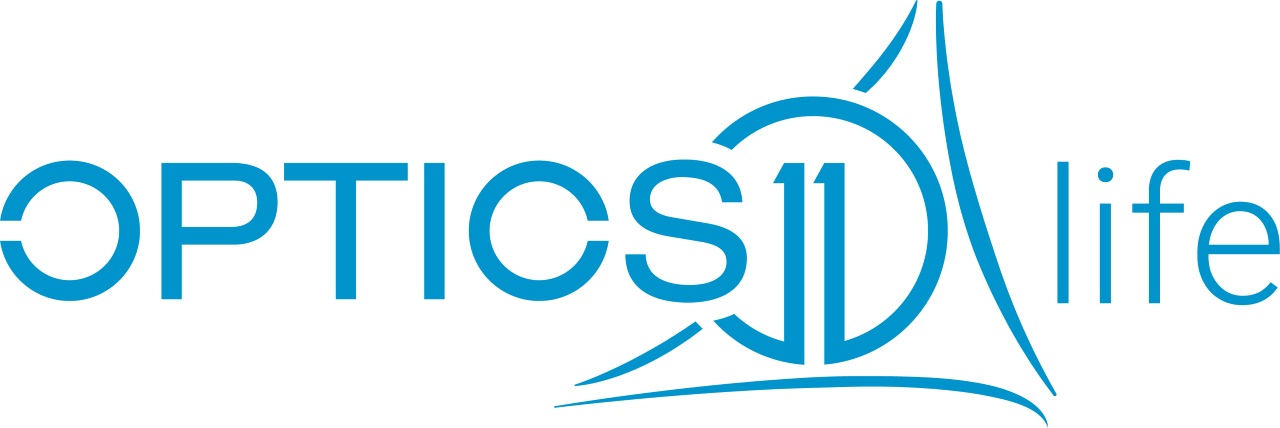|
14th Annual Symposium Physics of Cancer Leipzig, Germany Oct. 4 - 6, 2023 |
PoC - Physics of Cancer - Annual Symposium | |||||||||
|
|
Poster
Discovering physical parameters that influence cancer metastasis
Contact:
Aims
During metastasis, cancer cells are empowered to pass a series of physical hurdles to escape their site of origin and disseminate to other organs. Cancer cells can do this even though they encounter physical hurdles during metastasis. How can cancer cells pass those physical hurdles? In this project we will explore which physical parameters of the extracellular matrix (ECM) and which cell-intrinsic parameters influence the behavior of tumor cells and help them to successfully pass key physical hurdles needed for metastasis. Methods The amount of invasion as well as collective versus individual cell migration is tested in a 3-dimensional (3D) assay using tumoroids embedded within a collagen containing gel. Using this 3D extracellular matrix (ECM) embedded tumoroid model system we manipulate physical environmental parameters by changing tissue stiffness, using non-enzymatic crosslinking of collagen with Glutaraldehyde. In order to manipulate cell-intrinsic mechanical parameters, genetically engineered tumor cells varying in cell-matrix adhesion strength (Integrins) and varying in cortical stiffness (DIAPH1 and CFL1) will be created using a conditional CRISPR-Cas9 system. Results and Conclusion Spheroid migration images showed that MV3 and Hs578T spheroids that were embedded in a stiff collagen matrix show less invasion into the surrounding matrix compared to spheroids embedded in a soft collagen matrix. Additionally, when increasing the density of the matrix, MV3 cells showed a switch in migration mode to a more ameboid migration in the stiff matrix compared to the soft matrix. Moreover, we created conditional KO models for integrin-α2 and integrin-β1 subunits of integrin collagen receptors. Itga2-/- and Itgb1-/- Hs578t breast cancer cells show impaired migration into the matrix compared to their wildtype cells. Additionally, different morphology of invading cells was seen in the knockout cells. Itgb1-/- MV3 cells show impaired migration into the matrix compared to their wildtype cells, but Itga2-/- MV3 cells do not show impaired migration. CFL1-/- and DIAPH-/- Hs578T cells show reduced elastic modulus compared to wildtype cells, as measured with Acoustic Force Spectrometry. CFL1-/- and DIAPH-/- Hs578T spheroids also show reduced invasion into the matrix. |









